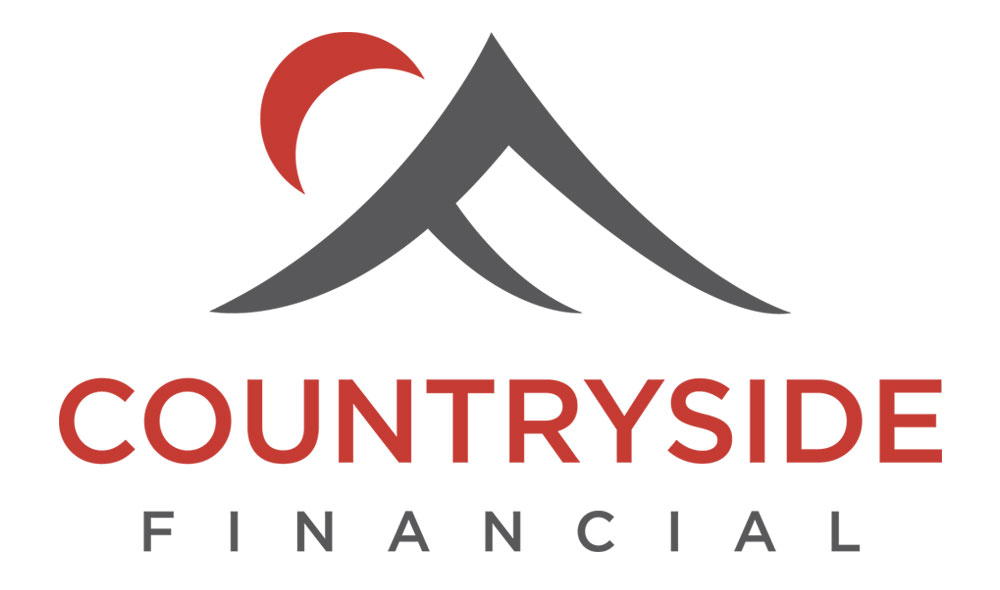Should I go Variable or Fixed?
Aahhh… the most common question asked by my mortgage clients: “Should I go with a variable rate mortgage or a fixed rate mortgage?” Especially lately when we have variable rates as low as prime -1.05% (=1.40%) on new purchases. To better understand what the answer is, we must first understand the difference between the two.
Variable rate mortgages are linked to the prime lending rate, which are directly influenced by The Bank of Canada. Our central bank sets its targets for the overnight lending rate, a schedule of eight fixed dates each year, in order to affect the various elements of the national economy relating to its monetary policy (inflation, the dollar, etc.).
A lender funding a portfolio of variable rate mortgages will attempt to match these mortgage assets against a portfolio of variable rate deposits (savings deposits or Banker’s Acceptances [a short term investment issued by a financial institution]) – attempting to lock in the spread over the duration of the loan. The end result is that, since the lenders’ source of funds will fluctuate based on the actual decisions made by the Bank of Canada, so too will variable mortgage rates.
Fixed mortgage rates are an entirely different story. Financial institutions attempt to lock in the spread between the loans they grant and the deposits they use to fund these loans. The ideal source of funds for longer-term fixed rate loans is investment deposits like GICs (which have a fixed rate over a fixed term).
Investment deposit rates, however, have a different competitive pressure – bond yields. An investor looking to determine what yield they are willing to accept on would start with an understanding of the lowest risk equivalent investment. So investors will look at the Government of Canada bond yields as their benchmark. The yield on a bond rate can be thought of as the ‘all-in’ interest rate – how much an investor would earn, expressed as a percentage, if the investment is purchased at current prices and held to maturity.
Bond yields are volatile and fluctuate in response to political and economic events – both domestically and abroad. Economic factors such as inflation, unemployment, and currency affect bond prices, as does the risk associated with default. Bond investors also negotiate prices based on their expectations.
When setting fixed term mortgage rates, financial institutions will analyze the bond market, since the lender will ultimately be borrowing money from investors to loan to its mortgage borrowers. When the lender sees what it views as fundamental changes in bond prices, it will act to protect its spread between loan and deposit.
In a nutshell: higher bond yields will increase the lender’s cost of funds, which will lead to higher fixed term mortgage rates. As of this writing (mid- March), they’re increasing, and so too have fixed interest rates. Lower bond yields tend to lead to lower long-term mortgage rates.
Variable and fixed mortgage rates do not necessarily move in unison as changes are motivated by different factors.
Nevertheless, after all this economic insight the answer to my clients question is quite simple: “Do you have the ability to withstand fluctuations in your monthly mortgage payment?” If the answer is ‘yes’, then perhaps a variable rate mortgage would work well for you; if the answer is ‘no’ then a fixed rate it is!
Candace Perko
Mortgage Broker
Countryside Financial
www.countrysidefinancial.ca


























